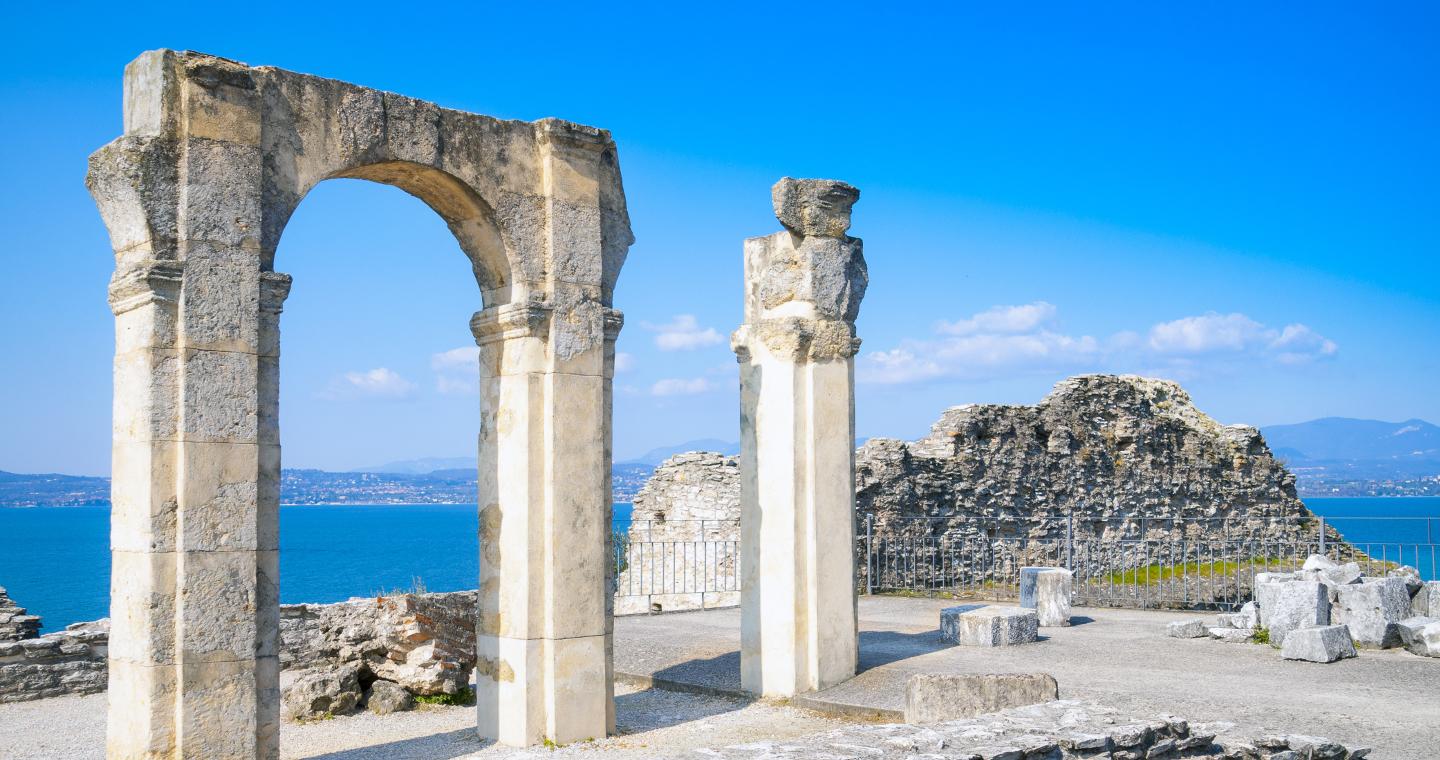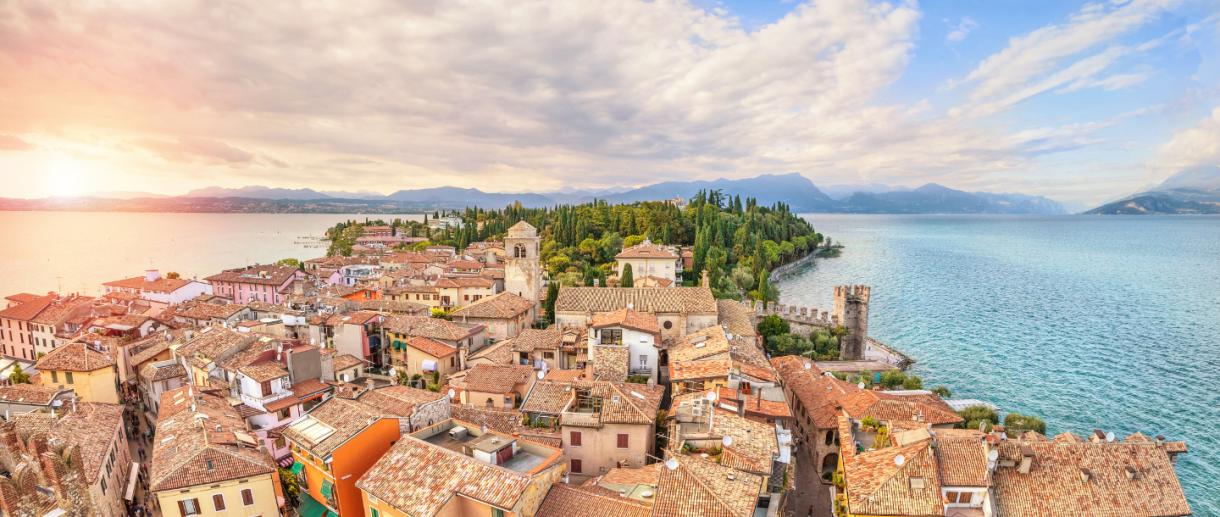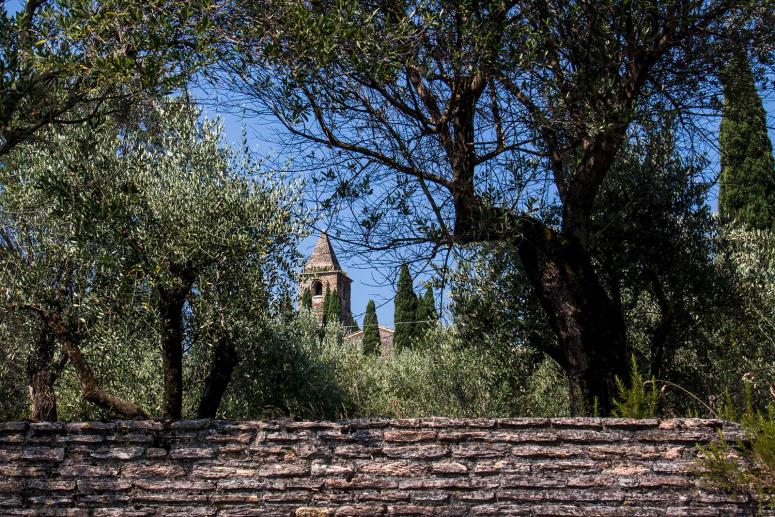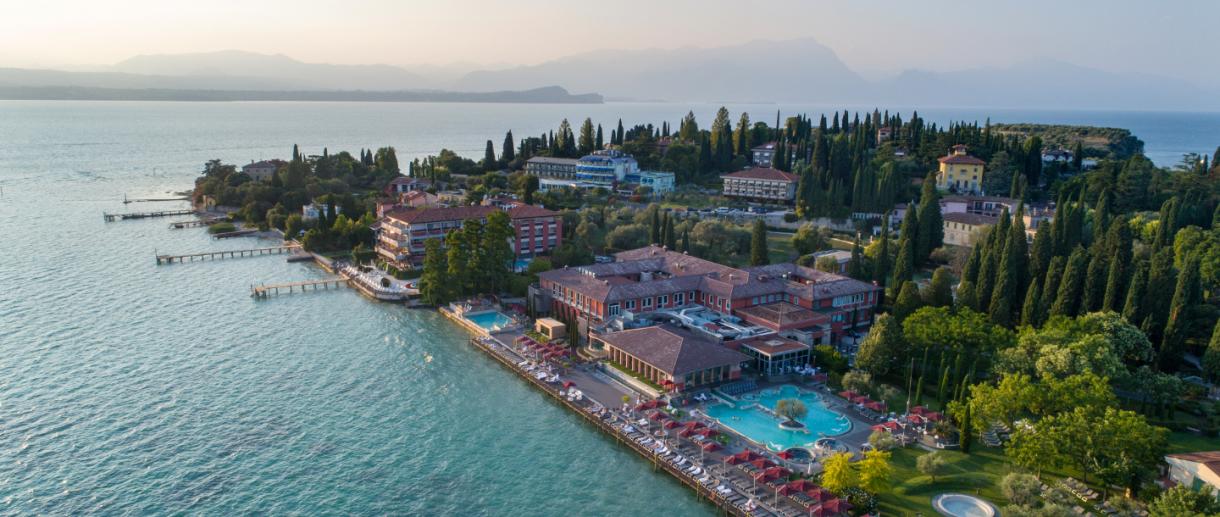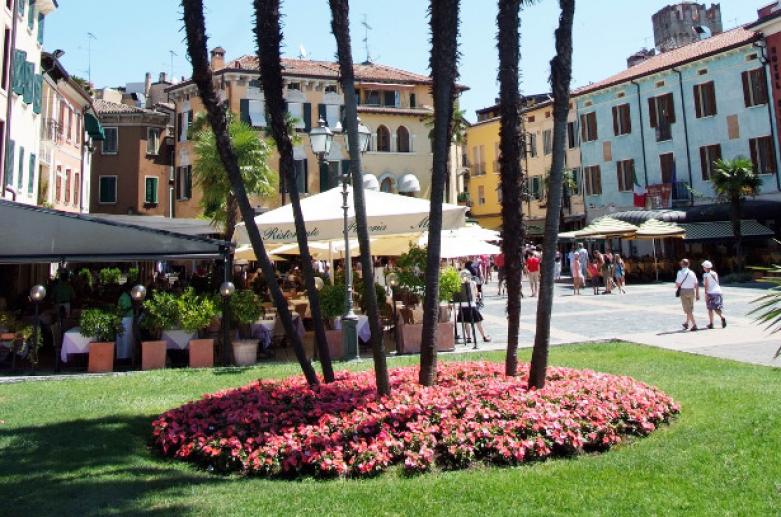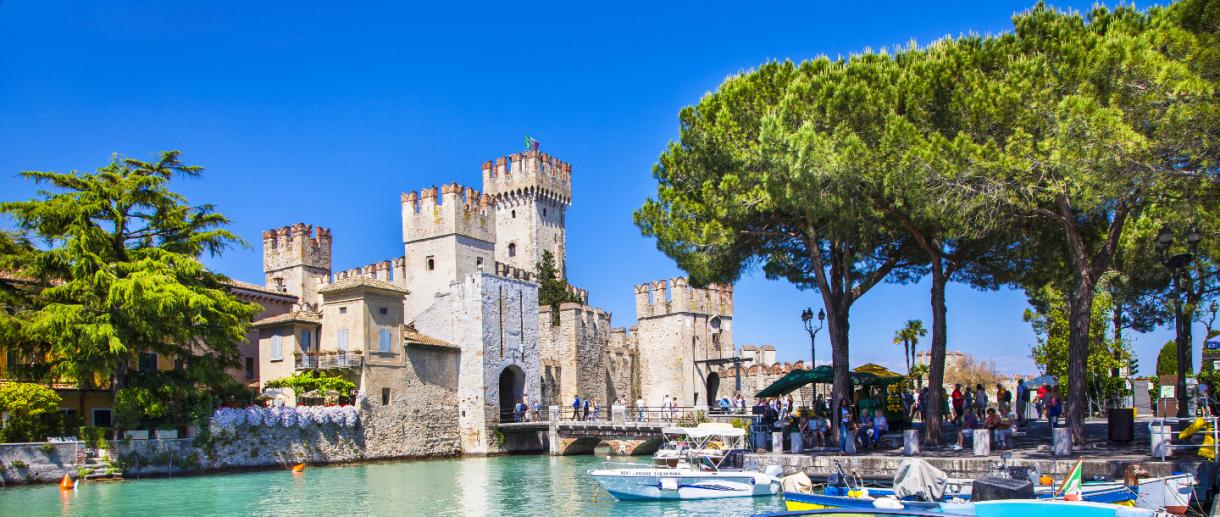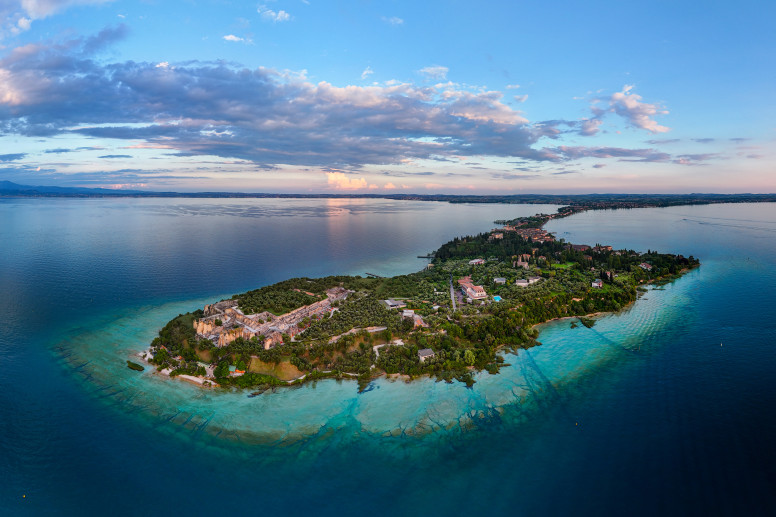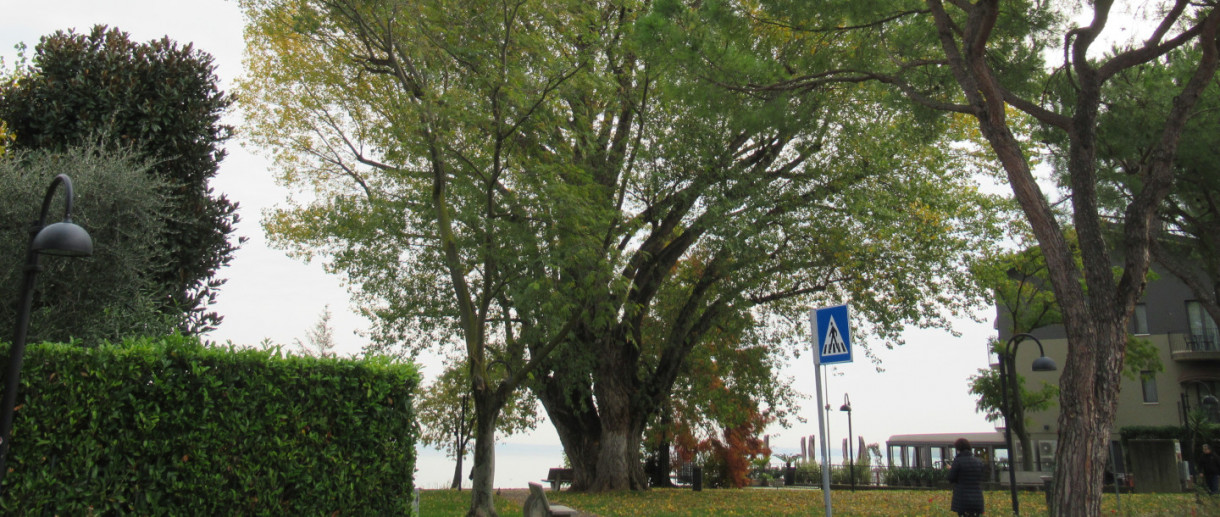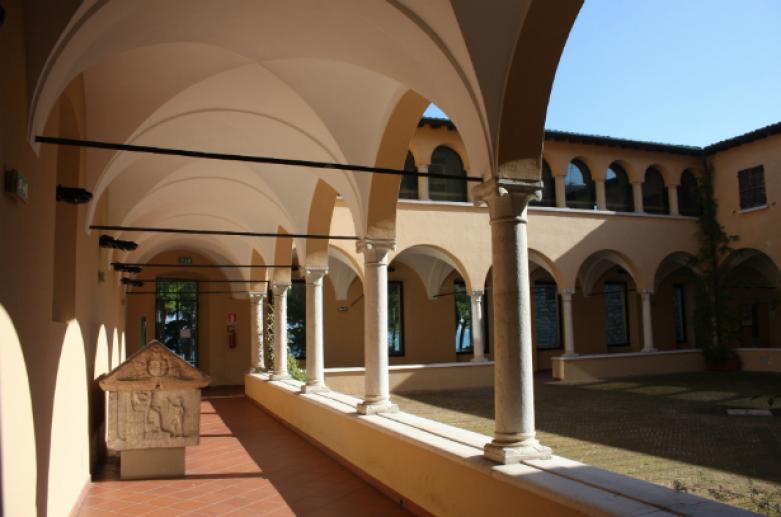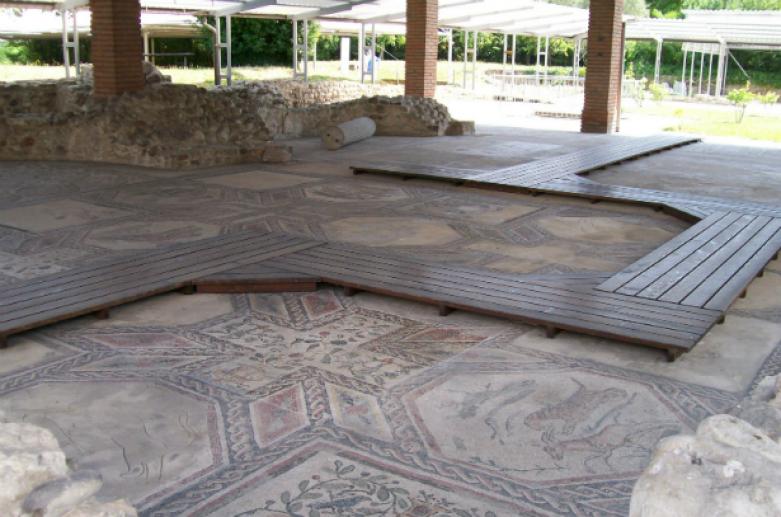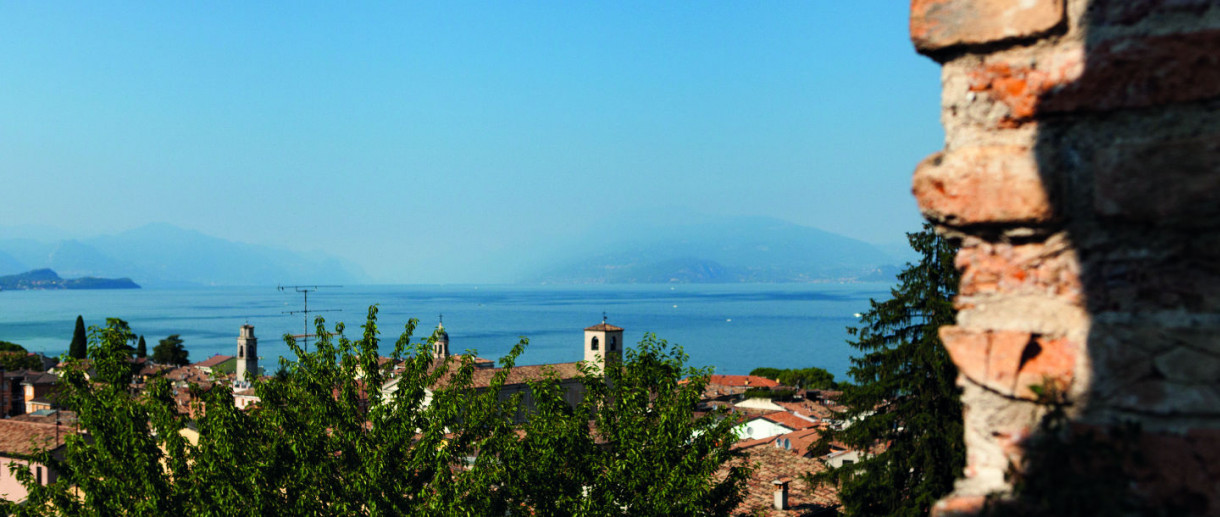- Lakes
- Tourism Accessible
Caves of Catullo
On the southern coast of Lake Garda – at the end of the peninsula of Sirmione - in a splendid panoramic position are the remains of a Roman villa known for centuries as the "Caves of Catullo".
In the Renaissance, the name "caves" or "caverns" was used to indicate ancient structures in ruins, covered with vegetation that had penetrated inside.
Since the 1500s, this complex has been considered one of the magnificent examples of a privately-owned, stately building in all of northern Italy, identified as the family villa of Catullus, the Roman poet who died in 54 BC.
The Roman Villa was built at the beginning of the 1st century AD and, although it is not known when and why the villa fell into a state of decline, the discovery of tombs, both inside and outside the building, dating from the 4th and 5th century would indicate that, at that time, the structure had already been abandoned and converted into a quarry of old stones used as building materials.
The villa, which is rectangular in shape (167 x 105 m.) with two foreparts on the short sides, covers a total area of over two hectares. The ruins that can still be seen today are located on different levels: of the northern sector, for example, only the grandiose buildings remain, while nothing remains of the residential rooms, which had already collapsed in ancient times.
Around the large garden - peristyle, where a large green lawn now stands, was the site of the main floor, used as a dwelling , which unfortunately is the most damaged.
Considering the wonderful views of the lake that can be enjoyed from this spot, the long, terraced corridors that ran on the eastern and western sides were most likely used as a walkway and a lookout point.
The Antiquarium, located on the grounds of the archaeological park of the Caves of Catullo in Sirmione, has a collection of artefacts discovered in the area of the large Roman villa that are particularly important for understanding the lives of the wealthy Romans who lived in the villa. The archaeological findings are arranged in a way that illustrates how the passing of the centuries modified the purpose and usage of materials, from ancient times to the Early Middle Ages.
Opening hours
Per gli orari di apertura visita il sito ufficiale
